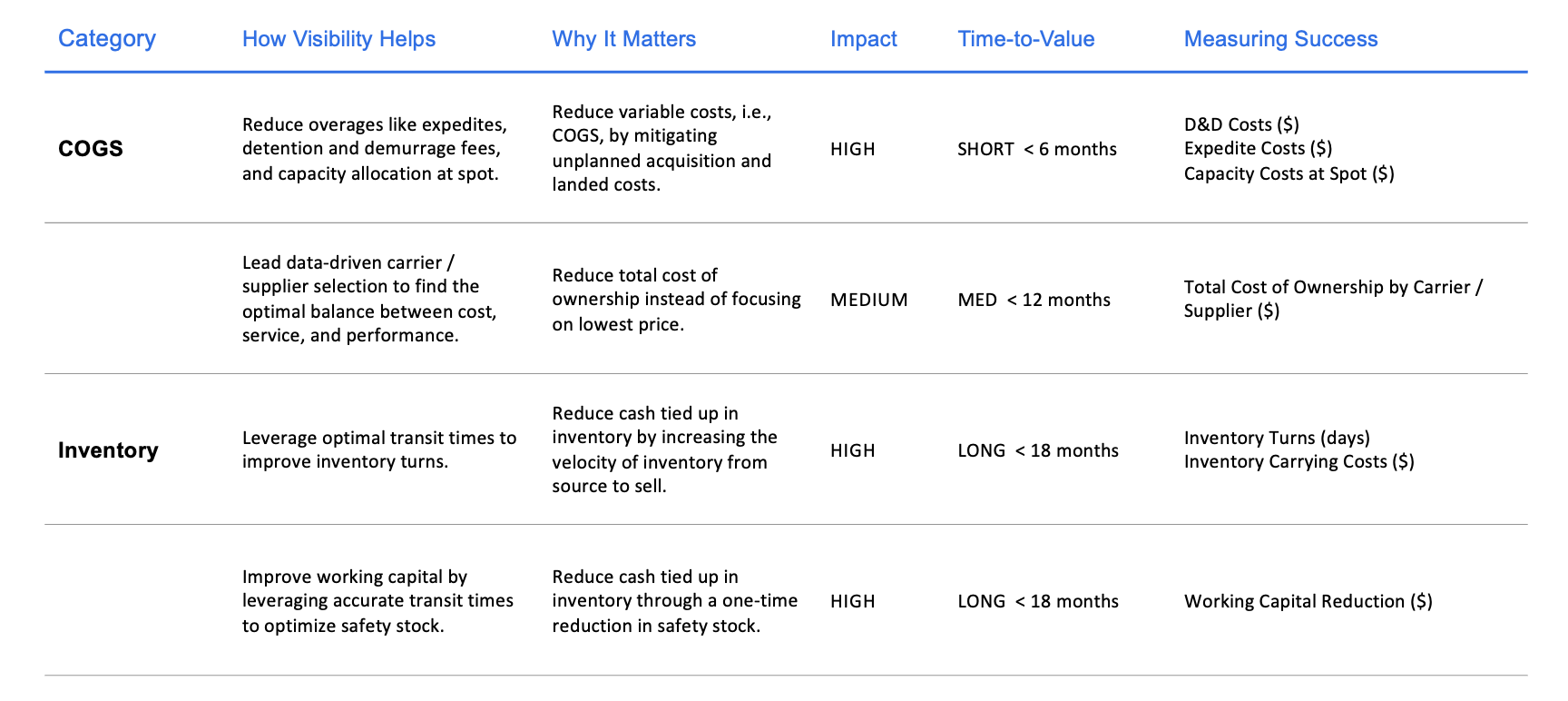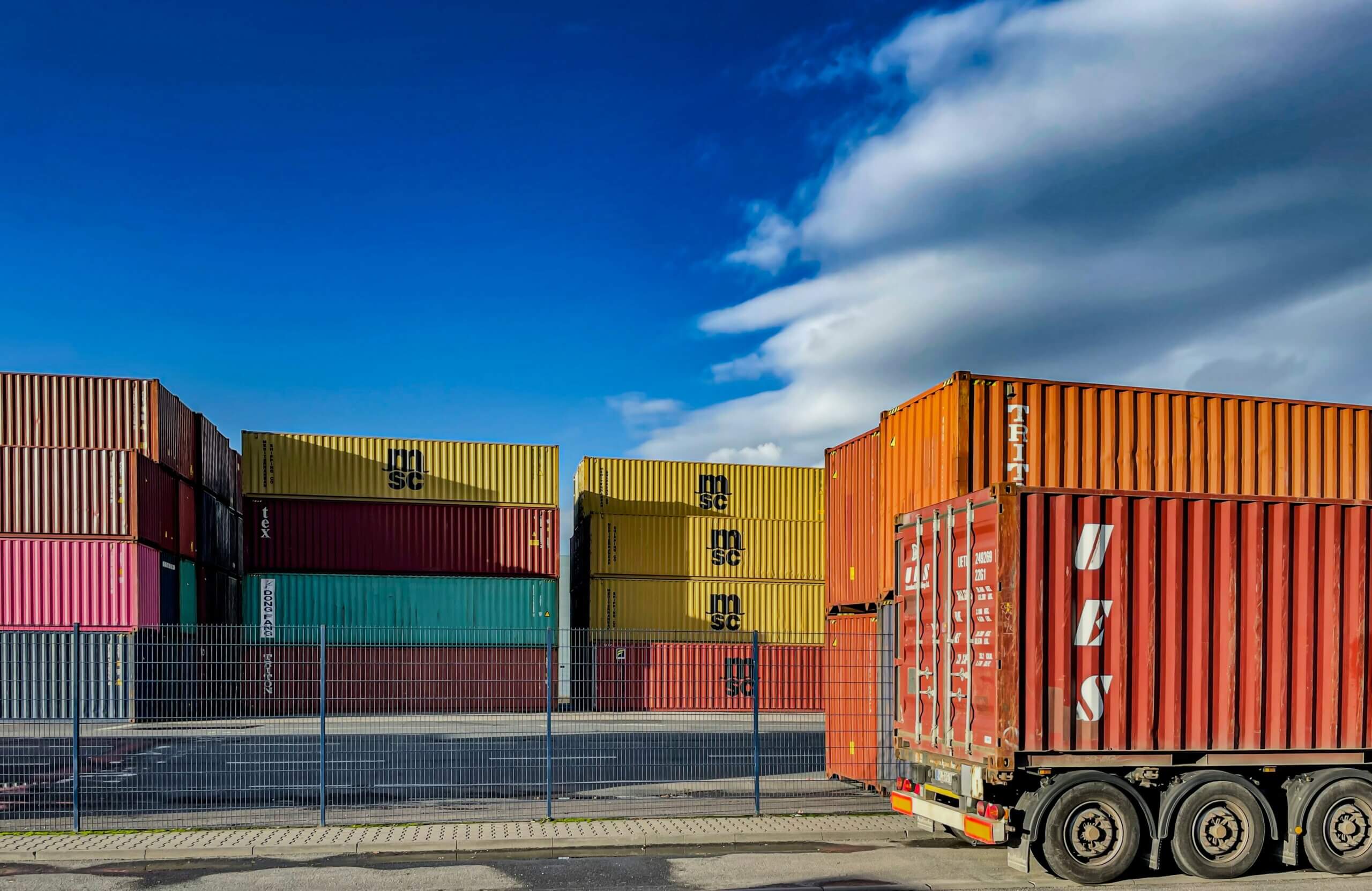2023 will continue to throw more challenges and disruptions to an already weakened supply chain. Sellers of all shapes and sizes are reporting reduced margins and cash flow due to increasing pressure on the supply chain. Once you pay for products and shipping services, your free cash takes a hit and the capital remains trapped until you can sell these goods. With products stuck at ports, in warehouses or in-transit over the road, the gap between purchasing inventory and selling it is widening and growing more expensive by the second. Considering most stores take 60 to 90 days to go from purchase order to stock on their shelves, you would have to wait a long time before you see any return from these items. When this scenario occurs across multiple products simultaneously, it doesn’t take a finance major to understand that this results in a cash flow crunch.
Looking Forward
What will be different from a year ago due to socio-economic and geo-political issues, is that the focus in 2023 will be on cost savings and cash flow. As economies around the world see limited and even negative growth, companies are forced to double down on efficiencies that can drive down costs. This will improve profit margins which positively impact free cash flow.
CFOs can be expected to ask their organizations in 2023 to optimize and maximize cash across the enterprise. This new style of budgeting will encourage supply chain driven businesses to only invest in technology solutions that generate value quickly, improve profit margins, cash flow and support new business models. Visibility platforms align very well to this thinking as they generate value quickly without absorbing large amounts of cash. In the short term, the value will be generated from operational efficiencies such as a reduction in manual interactions, improved distribution planning and improved warehouse operations as well as cost reduction in the areas of detention and demurrage (D&D), expedite costs and carrier detention.
In the medium term, further value will be released from working capital improvement through the reduction in excess stocks by decreasing lead time deviation, reduction of slow and obsolete (SLOB) inventory and through the reduction in invoicing days.
Improving Cash Flow
Free cash flow is cash generated by a business after all operating expenses (including operating capital costs) are paid. Free cash flow is important because it enables companies to ensure it can efficiently run operations, pay its debts, invest in the business (for example, via stock buy backs), and capitalize on growth opportunities (like M&A) without the need to raise capital. This is especially critical in today’s macro-economic climate with high interest rates, increasing supply costs, and decreasing demand.
Here are a few examples of how visibility helps to improve free cash flows by impacting Cost of Goods Sold (COGS) and/or Inventory:

The good news is that the shippers that manage to get ahead of these challenges can leapfrog the competition. By adopting visibility, they can improve inventory forecasts, which in turn provides better insights into lead times, and allows you to synchronize sales with available inventory. This will reduce stockouts and boost both cash flow and profit margins. At the same time, this will generate operational efficiencies which can be passed down to customers through discounts and offers that build increased loyalty for your company.



